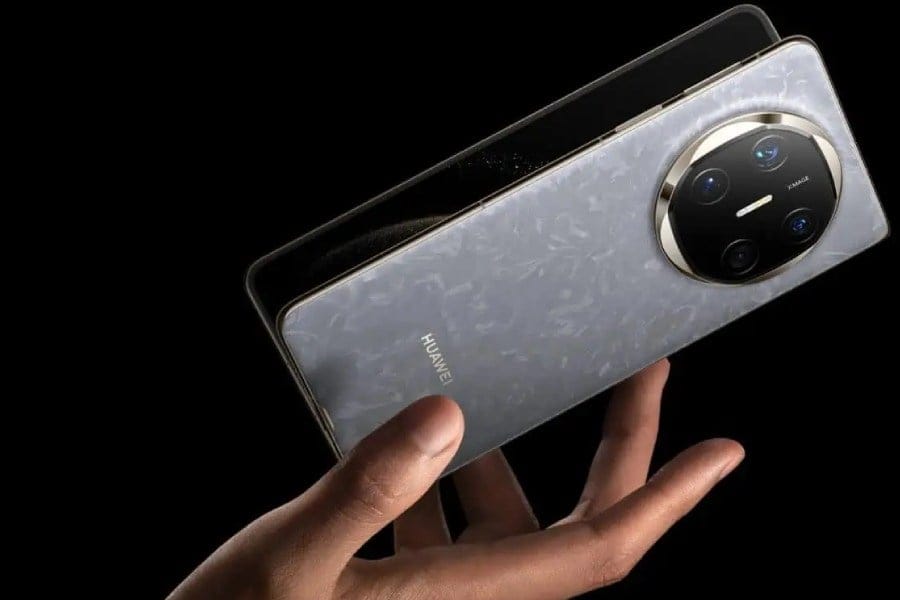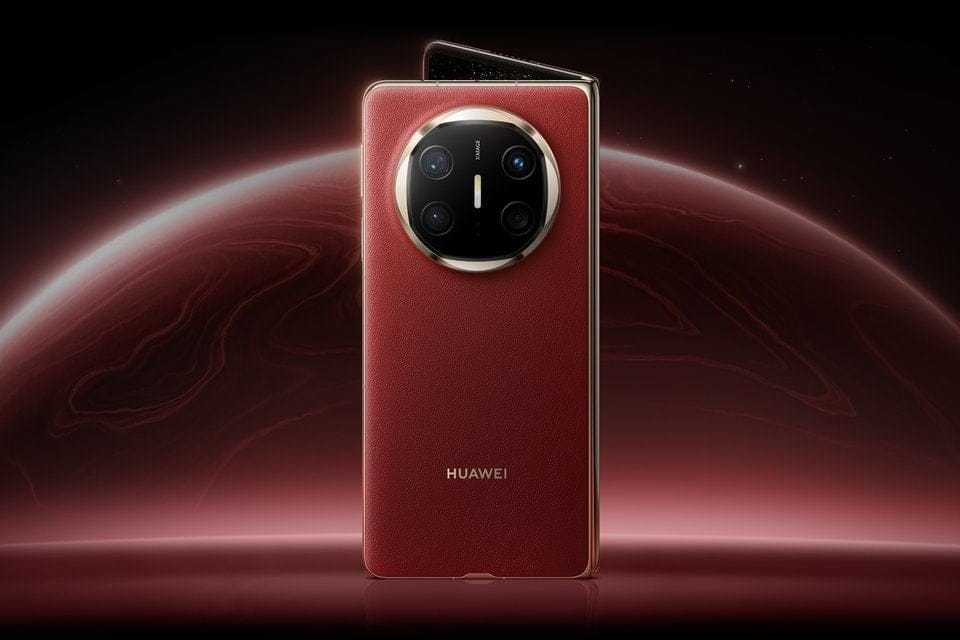Huawei recently held a big event in the Diamond Ballroom of Dubai’s Atlantis The Royal hotel. However, the company decided not to showcase the international version of its innovative tri-folding Mate XT at this location.
Design and Features
Still, Huawei claims that the Mate X6, which has a more traditional book-style design, is quite luxurious. It features a “universe-inspired” look and is said to be impressively compact, even with its hefty rear cameras. These include a new Ultra Chroma Camera that boasts 1.50 million spectral channels for a “120% improved” color accuracy compared to the Mate X3, and a 50MP Ultra Aperture Camera.
Display and Durability
The Mate X6 is equipped with a 2440×2240 7.93-inch main OLED display and a 6.45-inch cover screen. The cover screen has Kunlun Glass 2, which adds to its durability along with an “aviation-grade” aluminum mid-frame and internal carbon-fiber reinforcements.
Productivity and Availability
Huawei promotes the Mate X6 as a strong tool for productivity. It includes the Live Multi-Task feature, which allows users to split the main screen into three separate apps, somewhat similar to OnePlus’ Open Canvas mode.
The company announced that the Mate X6 will come in Nebula Gray, Black, and Red colors worldwide, but they didn’t mention the pricing at the Dubai event. In China, it launched at 12,999 yuan (approximately $1,787, which is still lower than the XT), while the Galaxy Z Fold6 is priced starting at $1,349 on Amazon.
Source: Link













